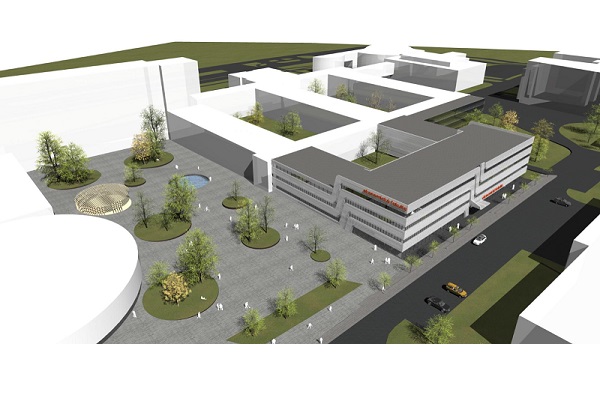1. Introduction, modeling of flow by CFD programs, characteristics of commercial system ANSYS Fluent, solved problems by department (science and research projects, cooperation with companies).
2. Problems of continuum, physical properties of fluids and solids, definition of the transfer (convection, diffusion), numerical methods of solution.
3. Creation of geometry for CFD flow of fluids, generation of the mesh, stability of numerical calculation, convergence, residuals, boundary conditions.
4. Heat transfer by conduction, basic equations of heat transfer, boundary conditions in example of transfer of heat conduction.
5. The use of CFD heat conduction in application of construction structures (creation of 2D model, generation of computational grid - mesh, definition of boundary conditions in ANSYS Workbench).
6. CFD solution of heat conduction in ANSYS Fluent, variants of boundary conditions, various materials, Postprocessing.
7. Basic equations of mass, momentum and energy transfer - continuity equation, Navier-Stokes equations, energy equation, boundary conditions, laminar and turbulent flow.
8. Turbulence. Physical significance of turbulence, random character of turbulence, statistical approaches, flow of incompressible and compressible medium, k-eps two-equation model of turbulence.
9. Solution of turbulent flow in closed room (simulation of air-conditioning), creation of 3D model, generation of computational grid, definition of mathematical model and boundary conditions in ANSYS Workbench.
10. CFD analysis of flow calculation in a closed room, different boundary conditions, Postprocessing.
2. Problems of continuum, physical properties of fluids and solids, definition of the transfer (convection, diffusion), numerical methods of solution.
3. Creation of geometry for CFD flow of fluids, generation of the mesh, stability of numerical calculation, convergence, residuals, boundary conditions.
4. Heat transfer by conduction, basic equations of heat transfer, boundary conditions in example of transfer of heat conduction.
5. The use of CFD heat conduction in application of construction structures (creation of 2D model, generation of computational grid - mesh, definition of boundary conditions in ANSYS Workbench).
6. CFD solution of heat conduction in ANSYS Fluent, variants of boundary conditions, various materials, Postprocessing.
7. Basic equations of mass, momentum and energy transfer - continuity equation, Navier-Stokes equations, energy equation, boundary conditions, laminar and turbulent flow.
8. Turbulence. Physical significance of turbulence, random character of turbulence, statistical approaches, flow of incompressible and compressible medium, k-eps two-equation model of turbulence.
9. Solution of turbulent flow in closed room (simulation of air-conditioning), creation of 3D model, generation of computational grid, definition of mathematical model and boundary conditions in ANSYS Workbench.
10. CFD analysis of flow calculation in a closed room, different boundary conditions, Postprocessing.
